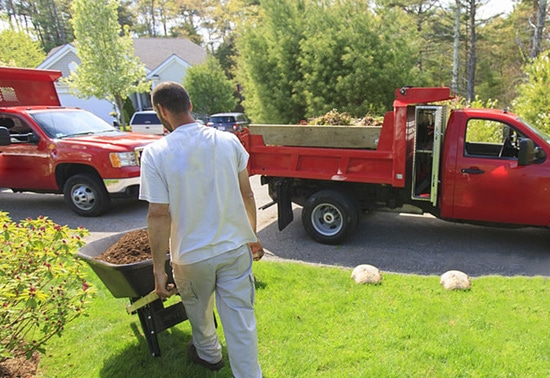
Three Important Steps to Prevent Side Jobs
Every fleet’s vehicles and equipment represent a huge investment. That makes it vital that your employees respect your assets.
That means using your vehicles and equipment to serve your customers or constituents and not for side jobs. But what is wrong with workers using your equipment for side jobs?
For one thing, your organization can be held liable if there’s an accident when your employees use your vehicles or equipment for side jobs . Unauthorized use also increases wear and tear on your mobile assets. Finally, your employees might be serving customers who would otherwise hire your company.
Fleet tracking solutions can prevent side jobs. Let’s have a look at how their insights can help you identify and stop the side hustles!
Learn the Insights That Indicate Side Jobs
There are some key pieces of information that can help you determine if an employee is using your vehicles and equipment to make a few extra bucks.
Location of the Stop
If it’s outside your usual service area or at an address not in your customer database, the location could be a clue of unauthorized use. It’s worth following up with your employee or their immediate supervisor to see what was happening.
Time of Day
If your fleet operates primarily during regular business hours, a vehicle making stops outside those hours can also hint at a side job. Again, seeking additional information should be your next move.
Input Monitoring
Many vehicles have extra equipment that help your employees do their work. Your fleet management solution should be able to tell you when these inputs indicate that a vehicle used a boom, a plow, or light bars, just to name a few. One city fleet used input monitoring to determine that hired contractors weren’t spreading salt on constituents’ streets – and that they were using it for side jobs, instead.

Look at the Complete Picture From Your Data
It’s important to remember that no single data point can tell the full story and prevent side jobs. While side gigs usually happen during off hours, an employee using a vehicle at that time doesn’t necessarily mean they are performing a side job. The only thing you can deduce for certain is that someone used a fleet vehicle when they ordinarily wouldn’t be using it.
A fleet solution that can alert you when a vehicle meets the location, time of day, and input monitoring criteria simultaneously is likely to show fewer false positives.
If the vehicle stops at an unknown location after normal work hours and engages certain inputs, then a side job is most likely taking place and you now have the relevant information to investigate the situation.
A tracking solution can also help by integrating with a third-party software that gives you all of the relevant information to identify and prevent side jobs. By integrating vehicle tracking with your business management software or work order management software you can know when and where a driver performed a service without a work order.
Even though no technology available can tell you beyond a shadow of a doubt that side jobs are taking place, tracking company vehicles can alert you with red flags based on your criteria. This will empower you to investigate and determine whether your employee used your vehicle and equipment for side jobs.

Consider Other Ways to Prevent Side Jobs
Working off the clock – especially with your resources – can cause problems in the workplace. We mentioned the potential to siphon from your customer base and the wear-and-tear on your assets.
There are steps you can take beyond using GPS tracking and business management integrations. Some resources also mention offering competitive pay and benefits, along with hiring people you can trust.
Another great piece of advice is to establish a policy for working off the clock. This sets expectations with employees and provides a chance to speak your mind about using your organization’s resources after hours. You can also outline the consequences for after-hours work interfering with your employees’ regular work. Many organizations have policies for telematics, and working after hours shouldn’t be an exception.





